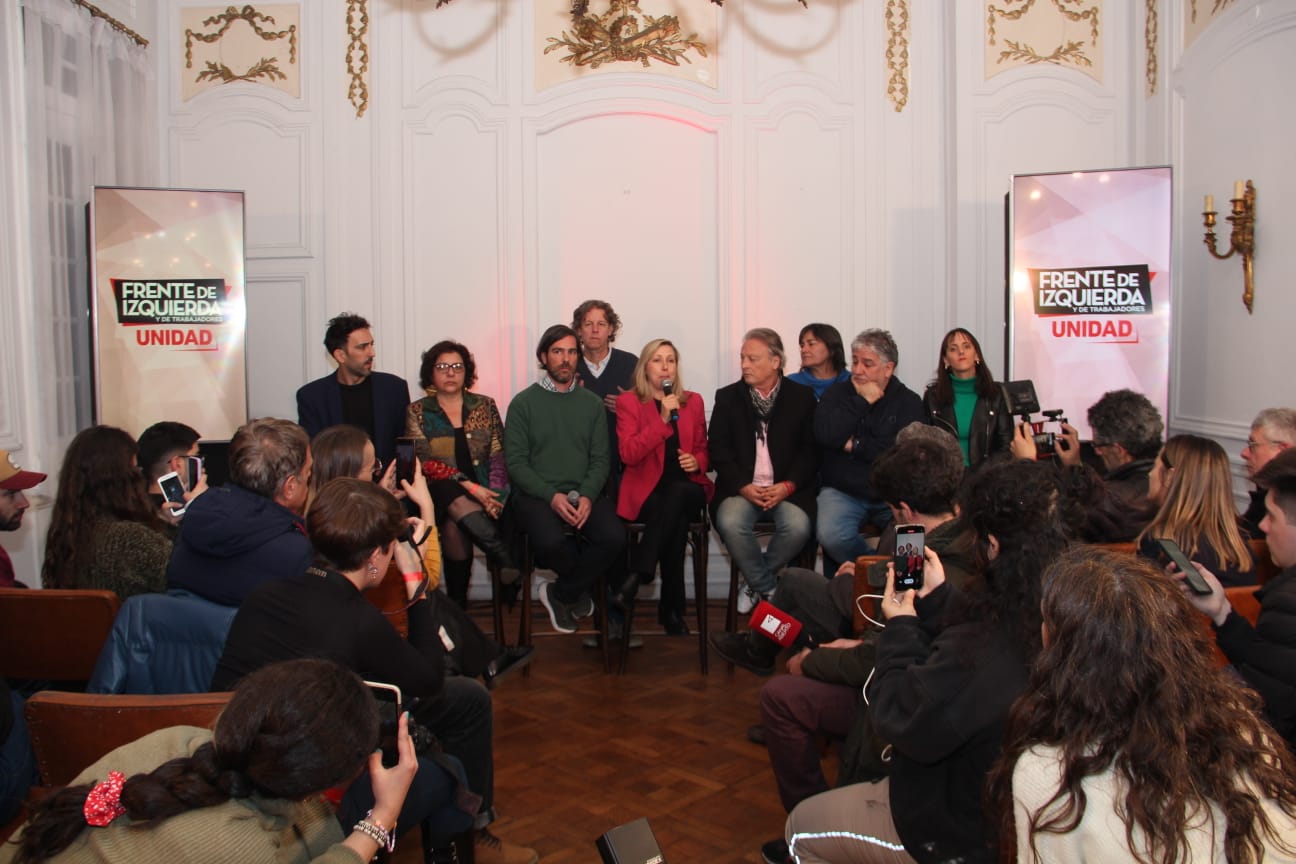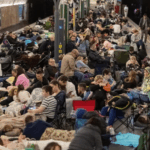
This Sunday’s elections were one of the most complex since the emergence of the Left Front in 2011. Both because of the Milei phenomenon -which ended up as the most voted- and because of the enormous number of candidates and political forces that presented themselves. A total of 27 candidates and 15 groups, who dispersed the vote as a whole, in an election with greater absenteeism than in previous presidential elections.
This election included political forces that competed, in part, in the space of the left. The most outstanding vote was the one made by Juan Grabois, which reached 1,390,000 votes. This list, as pointed out in multiple analyses, functioned as a true collector -with a progressive profile- to retain in Peronism (Union for the Homeland) broad sectors disenchanted with the government of Alberto Fernández and Cristina Fernández. A discontent that is also directed against the management of Sergio Massa, responsible for a harsh adjustment against the poor and working people, following the mandate of the IMF. In a similar electoral space, at a much lower level, the vote for Libres del Sur is counted, which achieved 154,000 votes.
Reviewing the results of the Left Front in the previous presidential PASO -in 12 years of existence- one can see a continuity of that political space, which ratifies them as a political reference for sectors of the working class, women and youth . Here only the national executive elections are counted. The same alliance has had even more outstanding results in the intermediate legislative elections. It is worth remembering, just by way of example, that in 2021 four national deputies were won: two for the Province of Buenos Aires, one for CABA and another for Jujuy, in what was a historic election, which led Alejandro Vilca to the National Congress.
Twelve years of trajectory
In the 2011 PASO, the Left Front obtained 527,000 votes (2.35% of the valid ones). Back then there were no other leftist lists. Only Alcira Argumedo appeared, in a nearby field, who proposed a profile closer to the center-left and achieved a weak performance. In those elections, 10 candidates and 10 political groups competed, a much lower number than what happened in 2023.
In the 2015 PASO, the FITU obtained 732,000 votes (3.08%), the highest vote in its history in presidential elections. In these elections, the Nuevo MAS also presented itself, which reached 103,000 votes (0.44%) and the MST, with 95,000 (0.40%). Overall, the result was an important space for the left, which included 930,000 votes (3.9%) for executive elections.
At that time, the central political novelty was the concentration of the right-wing opposition around the Cambiemos alliance. At that time, Peronism accused the wear and tear of 12 years of government and had Daniel Scioli as its candidate. Figures such as Margarita Stolbizer and Víctor De Gennaro appeared on the center left, with a markedly different profile from that on the left. In total, that year there were 15 candidates and 10 groups.
In the PASO 2019, the Unity Left Front obtained 729,000 votes (2.83%). That year the Nuevo MAS also competed, which had 179,000 votes (0.70%). The total for the left reached 908,000 (3.53%). On this occasion, Peronism made a great choice against Macri and there were no center-left or progressive alternatives. In total there were 10 candidates and 10 groups.
In the PASO this Sunday, the Frente de Izquierda Unidad obtained 630,000 votes (2.65%), the Nuevo MAS 85,000 (0.36%) and Política Obrera 62,000 (0.26%). The left then added 777,000 votes in the final scrutiny, 3.27%.
Although the FITU Front obtained fewer votes than in the 2015 and 2019 elections, it is a difference of less than half a percentage point. I mean, minimal. The comparison cannot be made in absolute votes, because this varies depending on the number of voters. In 2023, as is already known, there was a smaller number of voters in relation to 2019.
In terms of percentages, the FITU election is similar to that of 2019. However, the framework is one of much greater competition, crossed by important developments in the political landscape as a whole. In this complex scenario, the left managed to get into the general elections, being one of the 5 forces that will compete in this instance.
The great campaign carried out by the 136 A list, made up of the PTS and the Socialist Left, led by Myriam Bregman and Nicolás del Caño as candidates for president and vice president, is noteworthy. After an enormous militant and lung campaign, the internal one of this space won widely against the PO/MST alliance. He triumphed with more than 70% of the votes, prevailing in the vast majority of the provinces and, also, in all the districts of the Buenos Aires suburbs.
The Unity Left Front facing October
The persistence of the Left Fren in these 12 years accounts for the existence of a left closely linked to the popular struggles, of the working class, of the youth, in defense of the environment or democracy. However, they confirm the Unity Left Front as a continuous political expression of sectors of the working class, women and youth.
Confirming this relationship, this Monday the left was the only political force that came out to repudiate the harsh devaluation decided by Sergio Massa based on the adjustment ordered by the IMF. A direct attack on the salary, which will translate into higher inflation and liquefaction of income.
At a time when a new stage of the campaign begins, for the Unity Left Front it will be necessary to confront all the variants of the right and prepare vigorously for the next struggles that will come, sooner rather than later, if the path of attack is deepened. the living conditions of the vast majority.
Source: www.laizquierdadiario.com

